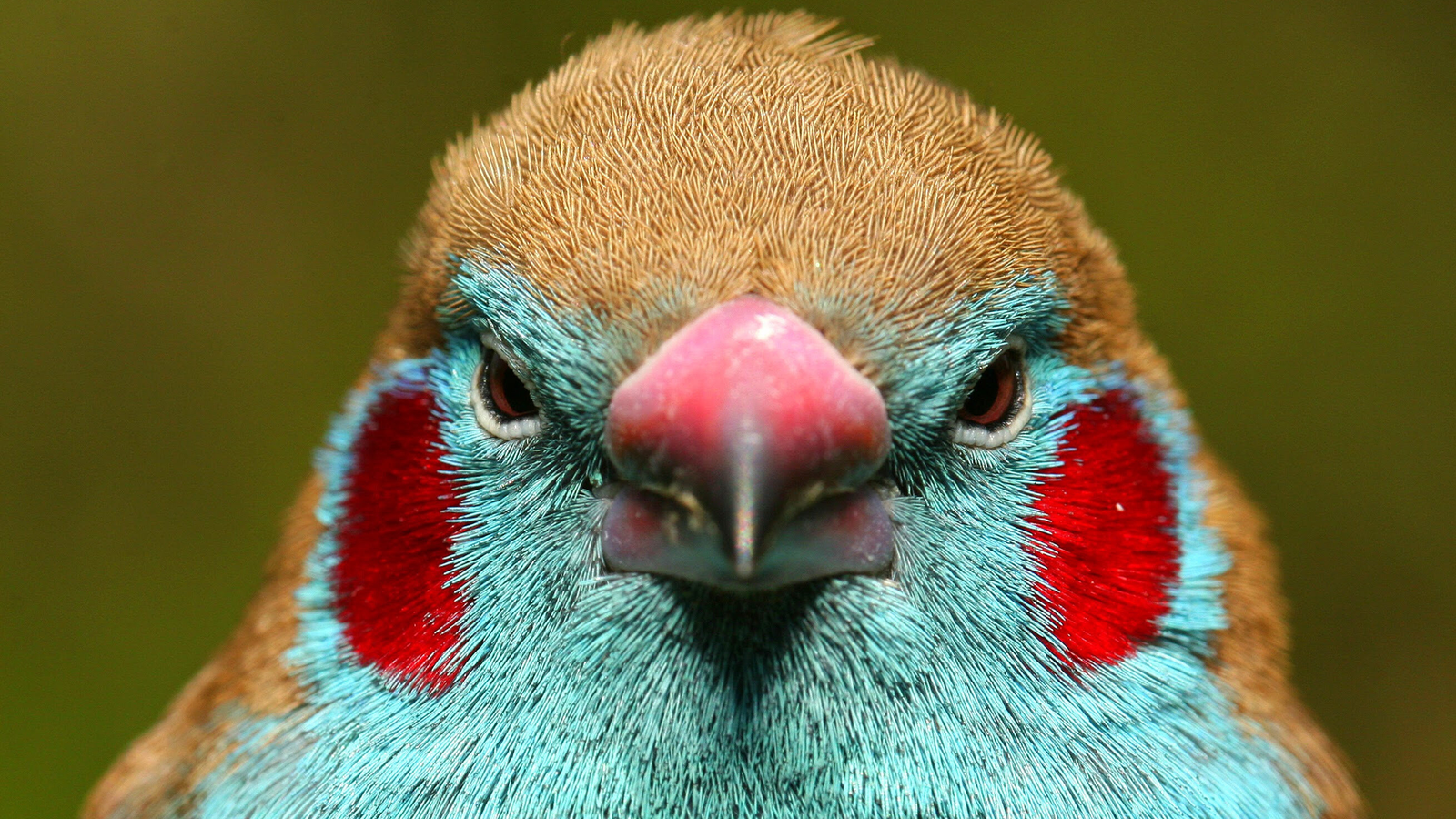In 1999, Stanford PhD student Çağan Şekercioğlu needed to know what percentage of tropical forest understory bug-eating birds were endangered. There was just one small problem—no one knew.
“I realized that statistic doesn’t exist because nobody had analyzed all the birds of the world and their threat status based on diet,” Dr. Sekercioğlu, now a conservation biologist at the University of Utah, said in a statement. “I’m like, this is unbelievable. There’s no global database on birds.”
So Şekercioğlu decided to answer his own question. He collected and ordered various avian traits such as diets, habitats, and conservation status for all tropical forest understory bug-eating bird species. Within only a few years, he had his answer: 27 percent of these birds were threatened or near threatened with extinction. But Şekercioğlu did not stop there. He continued gathering data, including more traits and expanding to all bird species, not just those that eat bugs and live in tropical forests.
The result is BIRDBASE, “a comprehensive global dataset documenting ecological and life history traits for 11,589 bird species across 254 families. I created the first version between 1999 and 2003 during my PhD at Stanford University, making it the first global bird database,” Şekercioğlu, tells Popular Science.
The data comes from several sources including bird books, ornithological papers, and field observations.

“I continued updating and expanding BIRDBASE for the past 26 years, with the help of my students and volunteers,” he adds. The most recent version is detailed in a study recently published in the journal Scientific Data and available online.
BIRDBASE includes all the 11,589 bird species recognized by the world’s four major bird lists (yes, there’s more than one list and they don’t agree on everything). It covers 78 ecological traits, including conservation status, body mass, habitat, diet, nest type, clutch size, life history, elevational range, and migratory behavior. Despite enduring data gaps, researchers can use BIRDBASE to investigate topics such as trait-environment relationships across bird species, traits linked to extinction risk or population decline, and global patterns of bird traits and diversity.

Picasa
One of the interesting things discovered using BIRDBASE is that 54 percent of bird species are bug-eating, and many of them are under pressure. The data also revealed that fish-eating seabirds are also at elevated risk of extinction, and fruit-eating birds are crucial to the survival of tropical rain forests.
Nonetheless, BIRDBASE remains a work in progress that will continue to develop, according to Şekercioğlu.
The post Explore a bird database with 11,500 species appeared first on Popular Science.

